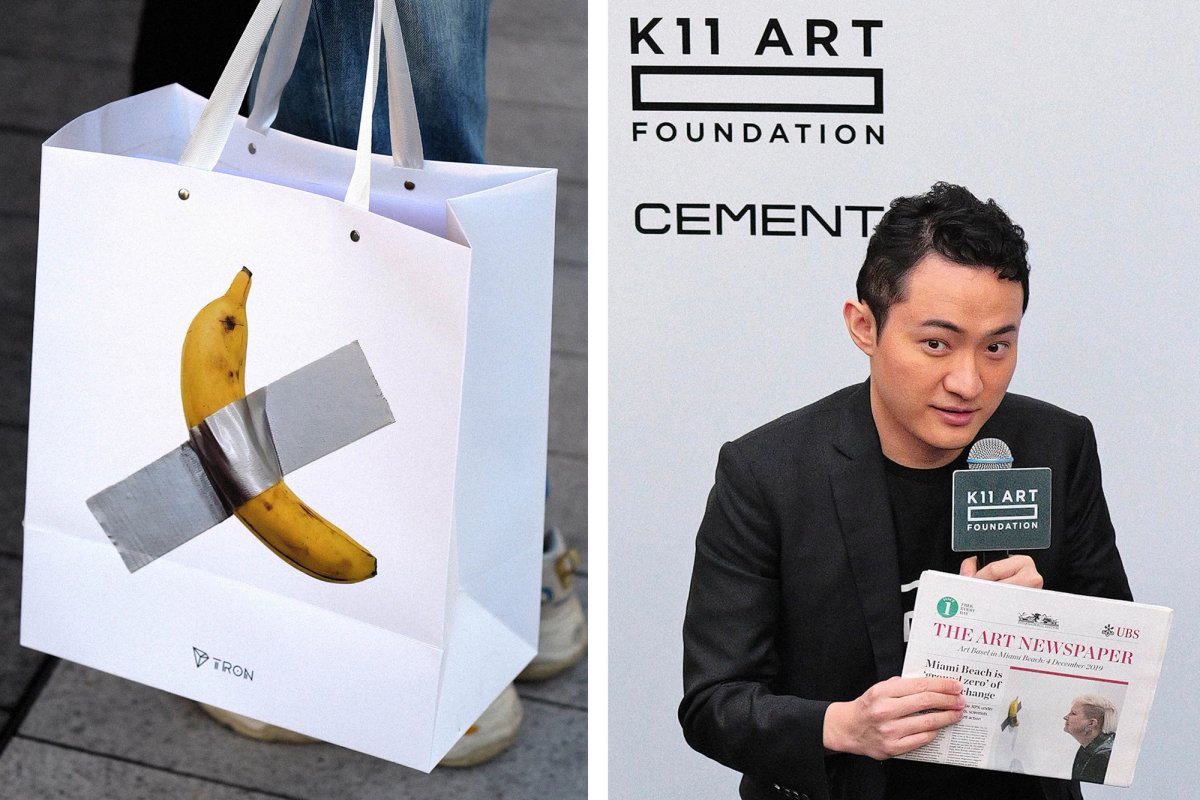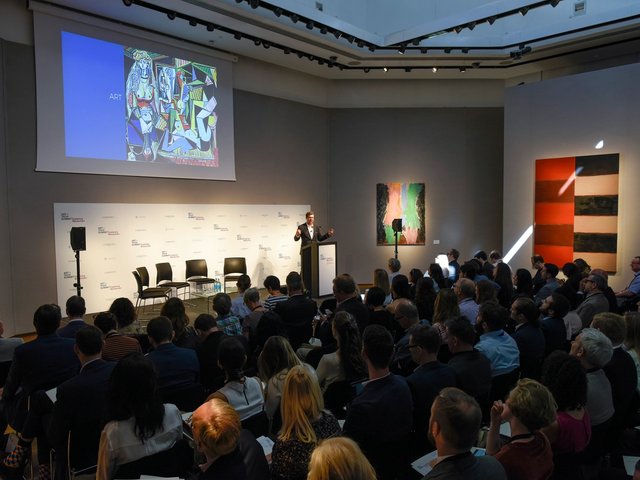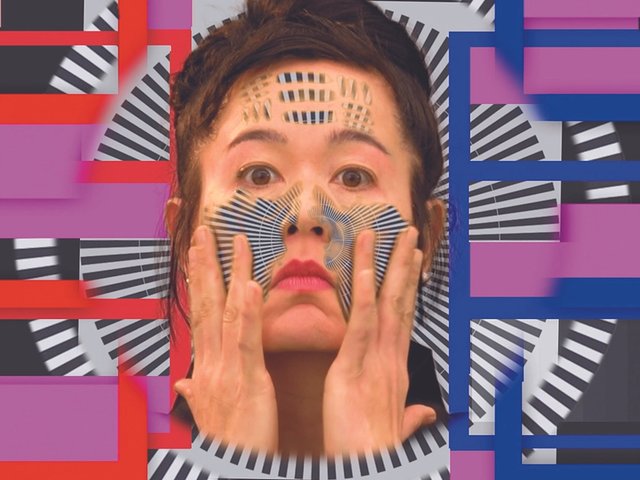After purchasing Maurizio Cattelan’s now-infamous banana work Comedian (2019) last week, the high-profile art collector Justin Sun sat down with The Art Newspaper’s managing editor Louis Jebb yesterday (29 November) to discuss the future of digital art and how blockchain technology has the potential to transform digital art.
The conversation, entitled deArt: decentralised art, how to support artist/curators in the digitalised era, took place at Hong Kong’s K11 Musea, and was a part of K11 Art Foundation’s K11 Salon, a series of educational talks on art and culture with a special focus on the expanded field of digital and generative art.
The K11 Art Foundation, founded by the Hong Kong-based entrepreneur Adrian Cheng in 2010, is a non-profit organisation dedicated to fostering the development of Asian contemporary art. In 2023, Cheng established the K11 Art Foundation International Council to empower and support the next generation of Asian artists. The council partners with leading art and cultural institutions around the world, with the aim of creating impactful cross-cultural exchanges and contribute to the expanding global contemporary art discourse. Among its projects is the K11 Salon, in which influential figures in the art world such as the artists Xin Liu and Lu Yang, and the curators Hans Ulrich Obrist and Michael Govan, have previously participated.
Sun, who is the founder of the cryptocurrency Tron and a global advisor at the cryptocurrency exchange HTX, began the conversation speaking about his personal collecting journey. He talked about how he started with collecting more conventionally, purchasing works such as Alberto Giacometti’s Le Nez (1947), for $79m at the landmark Macklowe collection sale at Sotheby's New York in 2021, but moved on rapidly to digital works produced on the blockchain. He was also famously the underbidder on Beeple’s also recording-breaking Everydays: The First 5000 days.
“I used to buy ‘trophy’ art,” Sun said. The collector noted that the purchase of Le Nez was a strategic move recommended by his advisor, and that 2021 was a good time for investing in art, and it was such an important art work. “Right now I’m more into conceptual and virtual art rather than traditional art.”
The Comedian is the first conceptual work that Sun has purchased. “I asked a lot of dumb questions at first,” he says. “What do I get when I get the work? A banana? Duct tape? Does the banana last five years?”
For the crypto-founder the nature of the work’s value and its impact was more significant than the work itself. “Most of the value of the artwork comes from the internet rather than the artwork itself,” he says referring to it’s popularity across social media and other parts of the online community. “The value keeps going up—even if someone eats it,” the collector says, referring to the incident of a student eating the banana while it was exhibited at the Leeum Museum of Art in Seoul in May 2023. For Sun, this revelation defines the future of art, as does the digital era.
In regards to the how technology, online sales, and the blockchain is and will continue to transform the art market, Sun talked about the significance of transparency around ownership and transactions, and the potential impact that could have on across the industry which notoriously lacks regulation. With digital art, he says, “I don’t have the headache of shipping, insurance etc. On blockchain it’s all decentralised. It doesn’t have to go through customs.”
He also stressed that if Comedian isn’t on the internet in the future, it won’t be relevant.
He spoke about how a few days after he purchased Comedian, he asked Chat GPT “What’s the best artwork in the 21st century?” The chatbot responded: “Maurizio Cattelan’s Comedian”. This prompted him to think about the importance of the internet as a means of ensuring an artist’s work remains pertinent. “If your work never touched the internet itself, [it] becomes irrelevant for future generations. If you put it on the blockchain, AI will learn it, and you will become the greatest artist immediately.”
The rise of interest among institutions—such as the Museum of Modern Art (MoMA) in New York, Hong Kong’s M+, and the Pompidou in Paris—in acquiring NFT art supports Sun’s statement. “Right now, artists are making art for the internet, rather than for royalty, or the Christian church,” he said. Both Sun and Jebb reached the conclusion that, in their view, the future of art-making would be defined by a combination of the digital and the physical.





